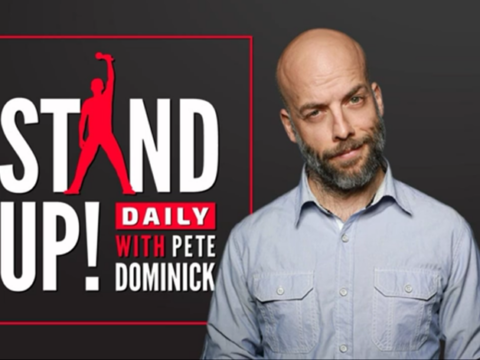- CALL US:
- (800) 969 2636
When Radio Stations Change Format

Digital Radio Update
August 13, 2014
The Death of Direct Response and Branding
September 2, 2014Janie fell asleep listening to Love Songs on her favorite radio station. She awoke to hear “Vinnie and The Coach,” grumbling about the local ball club’s loss last night and asking listeners who should be fired. What the heck just happened?
Janie’s favorite station changed format, probably because the owners decided there was more money to be made selling ads to a different segment of the population. And six months to a year from now, that may be true. But today, they blew up the radio station and there will be fallout.
Right off the bat, somewhere between 1 and 99% of their listeners were ticked off by the change. Even a subtle format shift (Classic Rock to Classic Hits) will be noticed and unappreciated by fans of the former format. Wholesale format shifts (like Janie’s experience, or a station flipping Country to Urban) will typically spark a thorough house cleaning of the listener base.
So let’s say that Radio Station X with 10,000 average quarter hour listener base changes format and drops (almost overnight) to 6,000 average quarter hour listeners. How long will it take to win those ratings back and hopefully surpass the old number? WILL they win the ratings back? Or could they conceivably keep slipping to 5,000 or 4,000 average quarter hour listeners? There are no guarantees.
Thirty years ago, radio stations invested in TV advertising to attract a new audience. That’s rare today. Some stations still use out-of-home media (billboards, transit banners) to reach prospective listeners (and make their current listeners feel proud), but by-and-large the primary medium of marketing today is word-of-mouth, street buzz and community presence.
Radio sales staffs are trained to calm advertisers by selling the promise of a bigger and better audience, citing the voluminous market research performed prior to the change. And sometimes they’re right. But sometimes they’re wrong. During the audience churn (old listeners out, new listeners in), sponsors pay a premium for an unproven format with an unpredictable listener base.
So what can you do to survive and thrive following a format change?
- SELL! Let the station know that you want to exercise your right to cancel. You may receive lower rates and/or bonus time. Or you may just take your business elsewhere.
- BUY! Invest in the new station. New formats bring new personalities and opportunities to get in on the ground floor with personality endorsements, personal appearances and station events.
- DO NOTHING! Bad move. There’s been a seismic shift of audience and to do nothing is to fiddle while Rome burns. Reassess the new station’s fit for your target audience. Renegotiate your deal and consider different creative to better connect with this new audience.
The Greek philosopher Heroclitus said that change is the only constant in life. Change with it and your advertising results will change for the better.
 Mark Lipsky is the President and CEO of The Radio Agency. Please follow The Radio Agency’s Blog “Sounding Board” by subscribing to the email or RSS links above.Visit our website TheRadioAgency.com
Mark Lipsky is the President and CEO of The Radio Agency. Please follow The Radio Agency’s Blog “Sounding Board” by subscribing to the email or RSS links above.Visit our website TheRadioAgency.com




